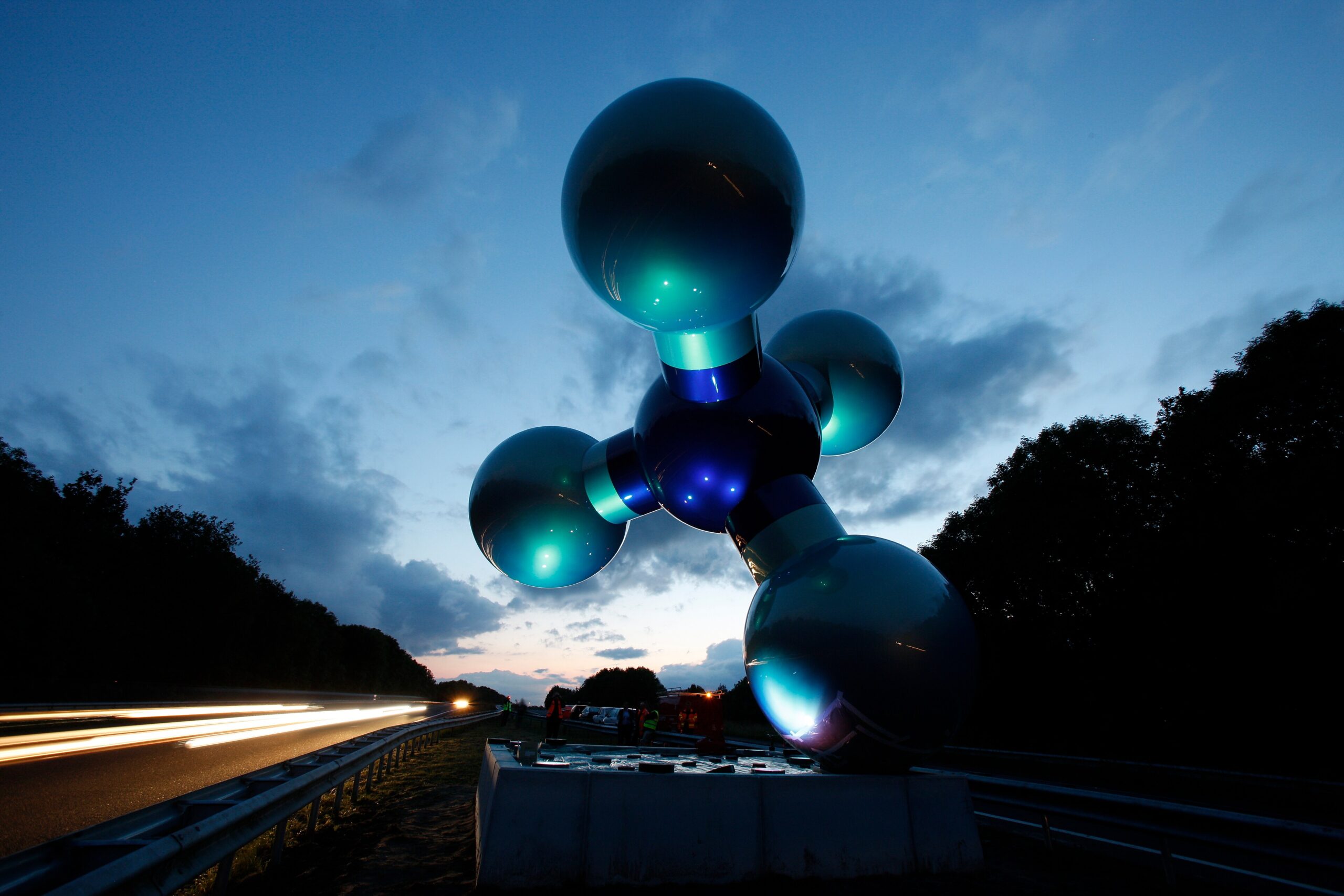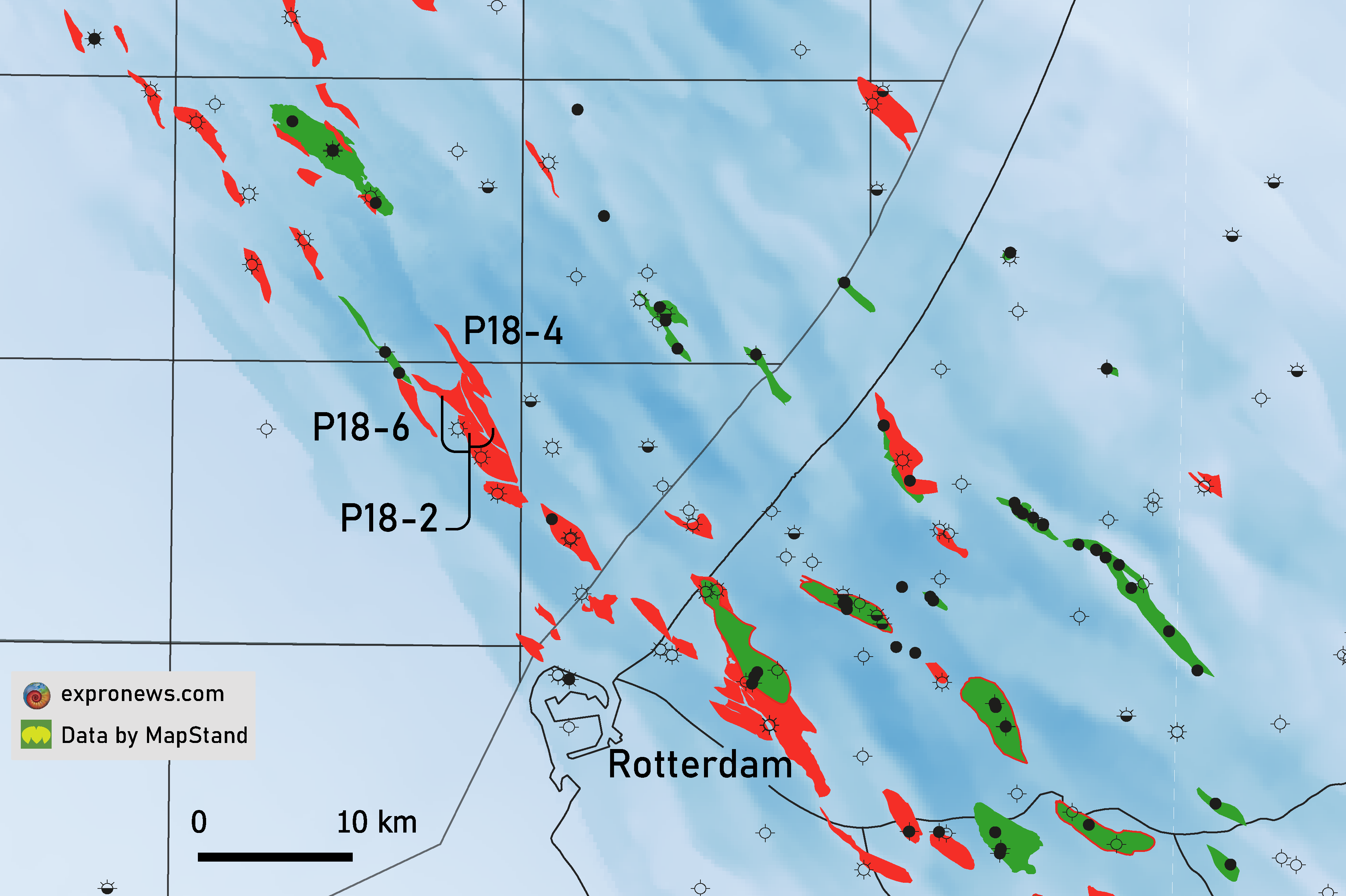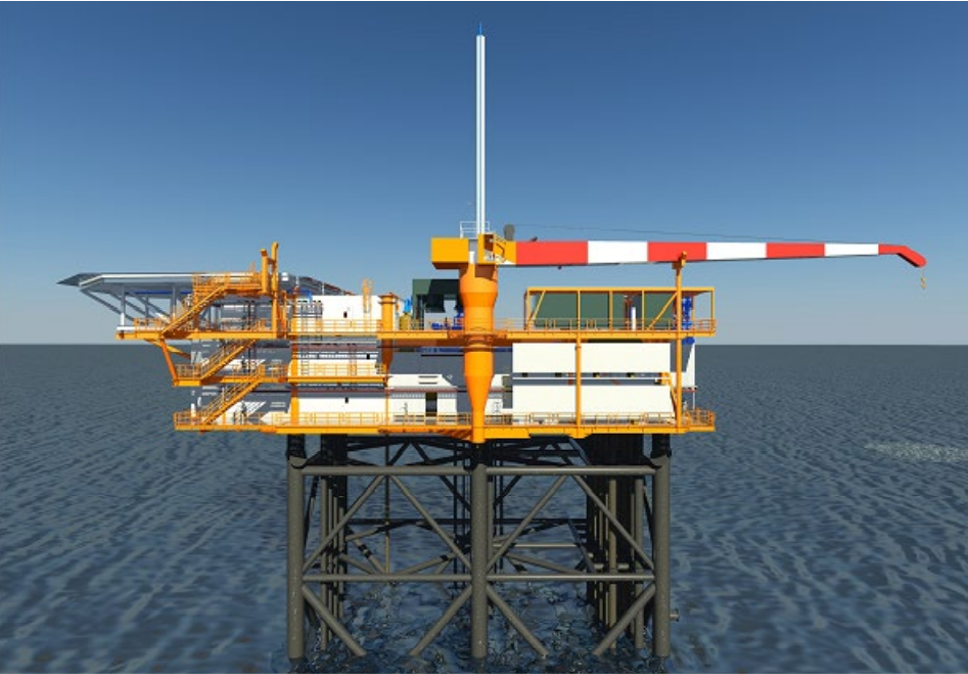Numerous reports have been written on the effects of gas or salt production on subsidence in one of the Netherlands’ most precious nature reserves – the Wadden Sea. Due to concerns about the possible drowning of this world-renowned intertidal area, especially in the light of ongoing sea-level rise, ongoing and especially future gas production has been heavily debated.
The recent question around whether or not to allow gas production from the Ternaard discovery – which sits directly beneath the Wadden Sea – has re-ignited the discussion about the influence of production-induced subsidence on the long-term stability of the ecosystem.
It is in the light of this discussion that the recently submitted production plan for the Ternaard discovery uses the principle of a “managed production philosophy”. During expected field life (30 years), surveys will be carried out to monitor ground subsidence, which will be used to ensure that a maximum of 6 cm will not be exceeded. According to the production plan, this means that a maximum of around 7.6 Bcm can be produced from the discovery that may contain up to 25 Bcm.

However, in a report released by TNO yesterday – which should be seen as a summary of recent studies rather than a completely new investigation – the authors argue that the ability of the Wadden Sea intertidal system to counter subsidence through additional sediment input and subsequent deposition is underestimated.
Based on the outcomes of a study on sedimentation in the Wadden Sea, intertidal shoals in various places were shown to have gained between 0.5 and 1 cm in height on an annual basis, with other places even exceeding this. These numbers suggest that the 0.6 cm/year assumed to be the maximum annual subsidence allowed for the Ternaard area is therefore a conservative estimate.
This is further supported by observations in the area where gas production-induced subsidence is most prominent in the Wadden Sea. In the area just north of the Ternaard discovery, where gas production currently takes place, sedimentation has fully compensated for any accommodation space created due to gas production.
It is on the basis of these recent measurements that it is proposed to broaden the limits of the ability of the Wadden Sea depositional system to compensate for subsidence. Whilst it is still important to monitor subsidence and apply a “managed production philosophy”, based on the observation of net sedimentation taking place in the Wadden Sea at the present day it is likely that the dynamics of the sedimentary system can accommodate small and local “disruptions” caused by gas production.
It is clear what the implications are: the currently used production restrictions Ternaard may be reconsidered, which may justify producing more than the current maximum of 7.6 Bcm. Given the estimated gas in place of 25 Bcm, there is certainly a price out there, especially in the light of the current gas price environment.
HENK KOMBRINK





